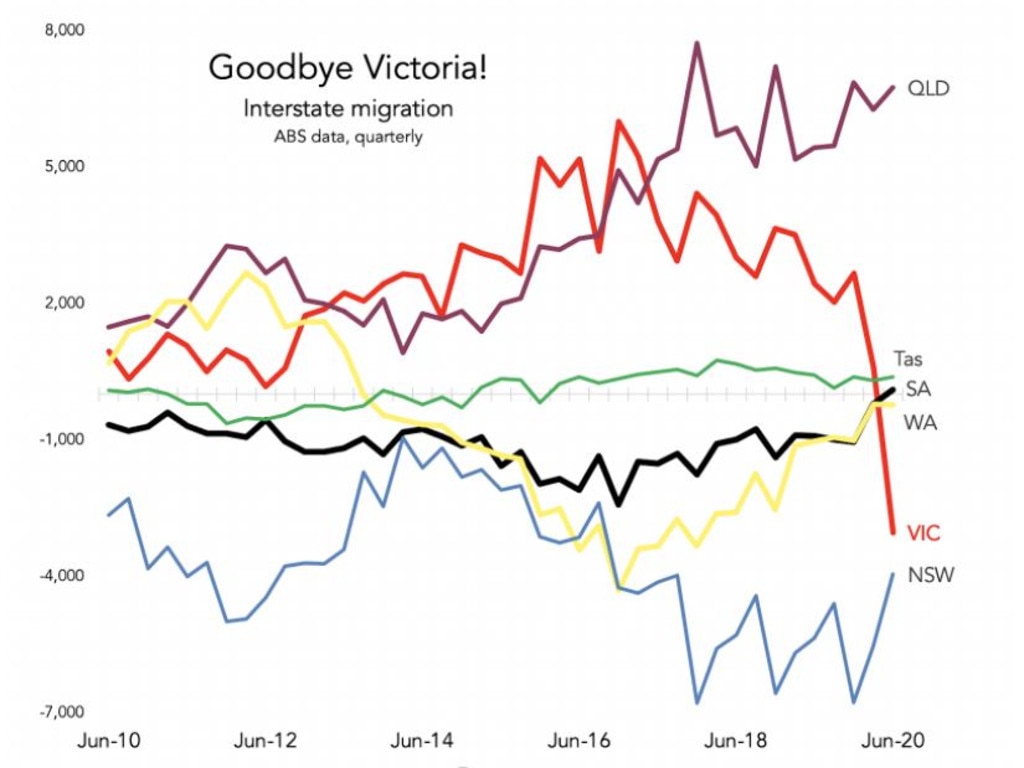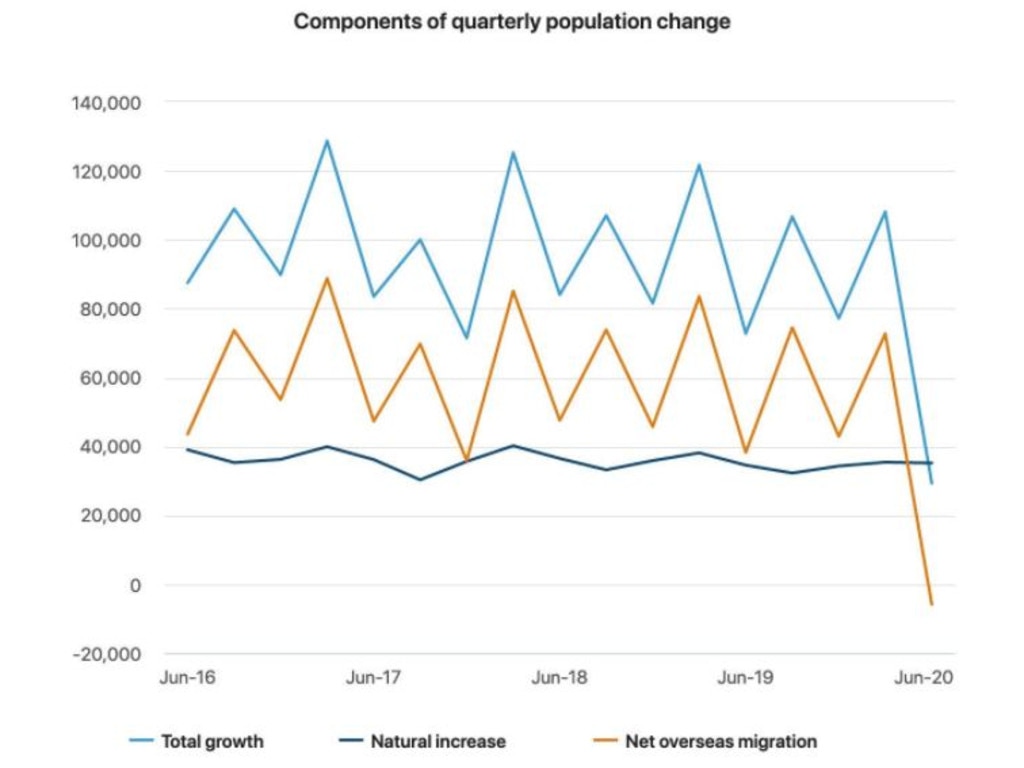Adelaide house prices boom and Sydney and Melbourne slump
The economies of three Aussie states are set to boom in 2021 as their house prices rise. And it’s not the states you’d normally expect.
Well, well, well. This is quite a reversal. Australia’s house price leaders are now the laggards, and the laggards are now the leaders.
As 2020 departs, Australia’s most expensive cities are limping along. Melbourne and Sydney are seeing little growth in the value of homes. The million-dollar valuations aren’t going anywhere. Meanwhile, places long overlooked are having a moment in the sun, as the next chart shows.
RELATED: Two weeks until Australia goes broke

We always suspected Melbourne and Sydney were too expensive compared to the rest of Australia. Only in the inner part of one of those cities would a tiny one bedroom house without a car space sell for 1.5 million bucks. Which seems crazy when that kind of money gets you something much more impressive in inner Adelaide.
The general expectation was that this imbalance would be sorted out by a price crash. When prices fell in the pandemic, Sydney and Melbourne would crash hardest and prices would even up. Instead, prices have started going up. What seems to be happening is Australia’s other cities are now seeing a boom. Instead of the expensive cities getting cheaper, the cheaper cities are getting more expensive.
Why? When it comes to Melbourne, part of the answer is refugees. I don’t mean ones from overseas. I mean people fleeing Melbourne.
As the next chart shows, the pandemic has seen lots of people moving state. The big winner is sunny Queensland. Beautiful one day, COVID-free the next. Over 7000 people moved to Queensland during the three months between March and June 2020, which is the most recent data.
South Australia has also done well. Normally it loses people at a slow but steady rate to other parts of Australia. During COVID, that has been reversed, with a gain of 104 new South Australians. Bear in mind this data covers only the first lockdown, earlier in the year, so it won’t capture the many Victorians who became South Australians later in the year when Victoria lost control of the virus and shut everything down.
RELATED: Bad news for Aussie house prices

The big story in interstate migration is, of course, Victoria. I’m Victorian and normally fiercely proud but 2020 has me questioning why I have chosen to live in a city that is both crowded and cold. Not to mention infected. Wouldn’t it be nice to live somewhere I can afford a house, and see the sun occasionally?
Apparently a lot of my fellow Victorians have been thinking along similar lines and getting out of here.
Usually Victoria attracts thousands of Aussies from other states in each three-month period. But during March, April and June last year, over 3000 Victorians upped sticks and left. The Victorian economy is built on overseas education, so this result is not so surprising. It will take some time before overseas students are back in serious numbers.
The numbers on interstate migration are useful because they show us what state is preferred by people who actually have experience at living in Australia. But for sheer volume, they don’t compare to international migration. Which has collapsed.
In the next graph, the flat blue line is births minus deaths for the whole of Australia. They have been pretty steady, adding over 30,000 net new Aussies each year. But international migration – the orange line – has fallen negative. That has dragged down overall population growth into the negative for the first time.
RELATED: Reason average Aussies are suddenly rich

What you need to know is that almost all of these overseas migrants come to Sydney and Melbourne. Without them, there is far less demand for new homes. That is holding down price growth, even though the much lower interest rates are doing their best to prop it up.
As long as the borders stay closed to international migration – and it could be quite a while – expect the usual patterns of Australian house price growth to be flipped on their head. Selling in Sydney and buying in Perth has been a good way to get a bargain for a long time. But it might not be that way forever.
Jason Murphy is an economist | @jasemurphy. He is the author of the book Incentivology.




